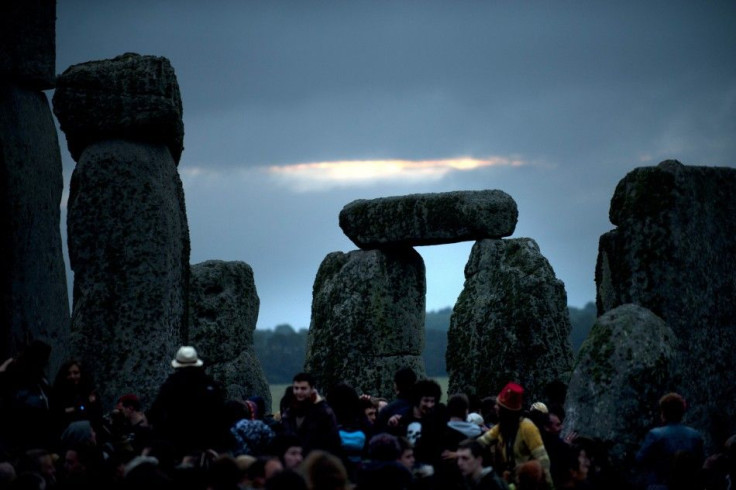Happy Summer (and Winter) Solstice! Longest (and Shortest) Day of the Year

Today, June 21, is the summer solstice in the Northern Hemisphere.
Specifically, 1:16 p.m. Eastern Daylight Time will mark the moment wehn the northern end of Earth's tilted axis reaches its maximum nod toward the sun, tossing the sun to the highest spot in the sky, directly above the Tropic of Cancer, which is located at 23.5° latitude North, and runs through Mexico, the Bahamas, Egypt, Saudi Arabia, India, and southern China.
As the sun rises high, it's the day to enjoy the longest period of daylight for the year. The period around summer solstice is known as Midsummer, with Midsummer's Day falling on June 24, three days after the summer solstice.
The Solstice happens twice in a year. The Northern Hemisphere celebrates in June, but the people on the Southern half of the earth have their longest summer day in December. The word 'Solstice' comes from the Latin word solstitium, meaning sol (the sun) and stit (standing). The sun's position at noon actually changes very little in the days surrounding the solstice, suggesting the concept of the sun standing still, National Weather Service stated.
Generally, the longest day of the year is not the warmest day of the year, and there is a lag between the longest day of the year and the warmest average temperatures in most of the mid and high latitude locations. This is because the Sun's angle is high before and after the summer solstice with a maximum number of daylight minutes. As the Sun begins to move lower in the sky, the length of daylight grows shorter, according to National Weather Service.
At the Stonehenge circle in England, Tuesday began with around 18,000 people gathering to celebrate the sunrise on the summer solstice.
The summer solstice of the Northern Hemisphere means the winter solstice of the Southern Hemisphere, where the shortest day of the year is observed. In Antarctica, the technitians and support people at research stations celebrate the solstice too, for endurance - as winter storms and perpetual darkness isolate them from the sunlight. In the Southern Hemisphere, today is the day to begin seeing more of sunlight again.
Today's Google Doodle celebrates the solstice with a bright logo by a Japanese artist Takashi Murakami. Those in the north will see a festival of whimsy befitting the summer solstice, while those in the south will see a winter version of the logo.
© Copyright IBTimes 2025. All rights reserved.





















